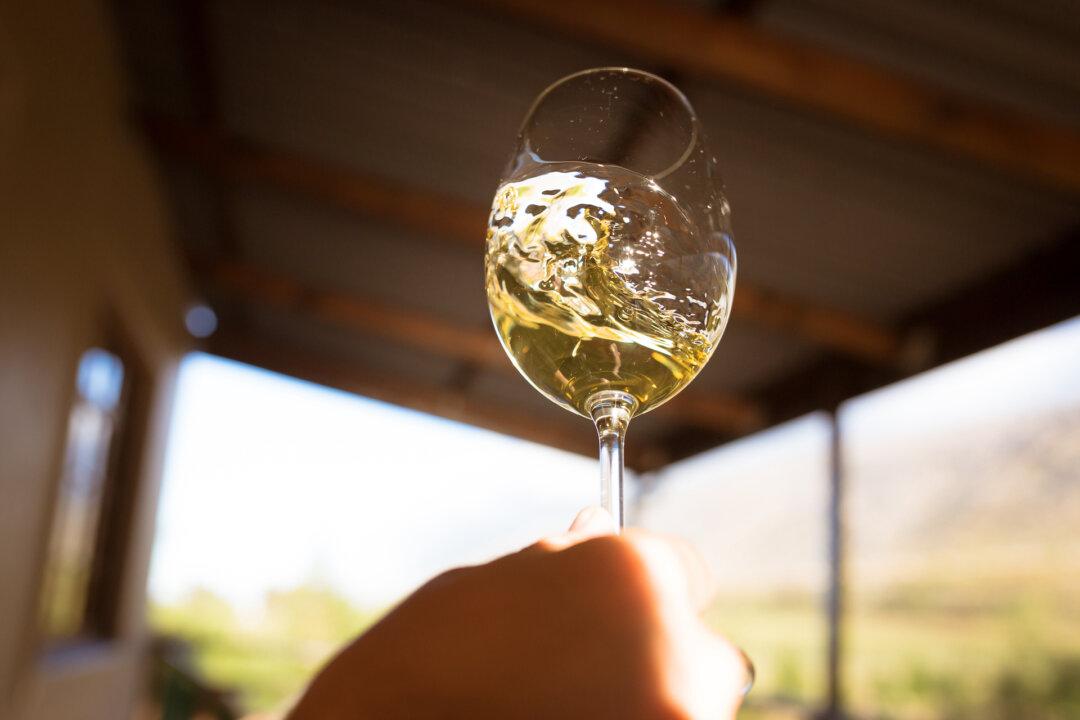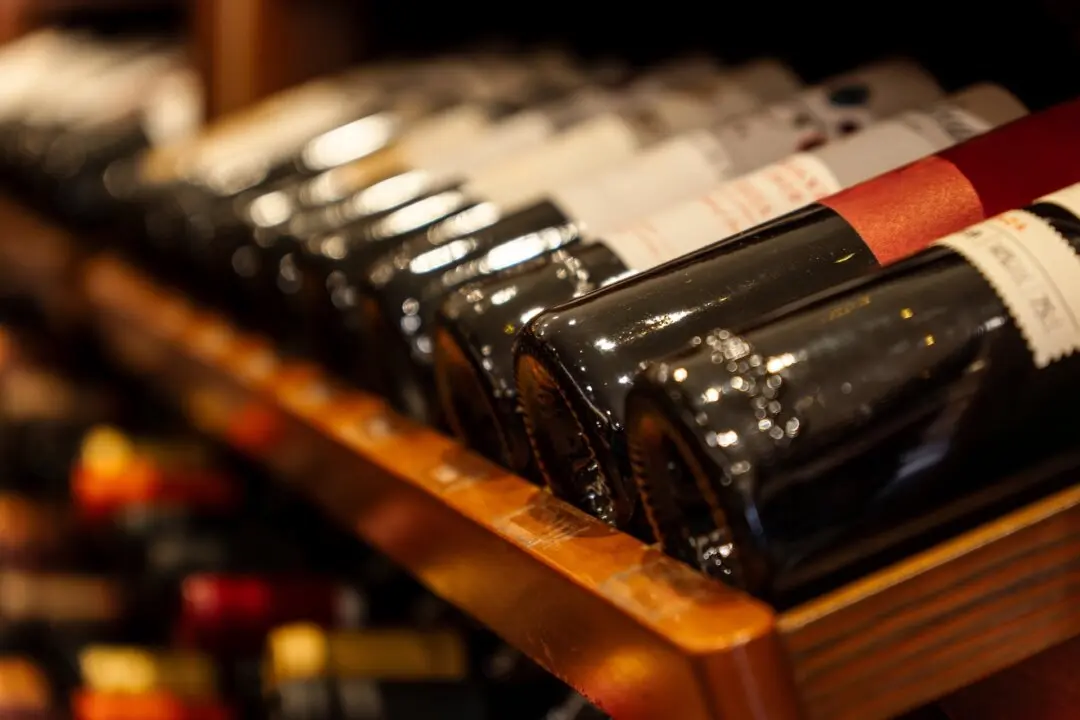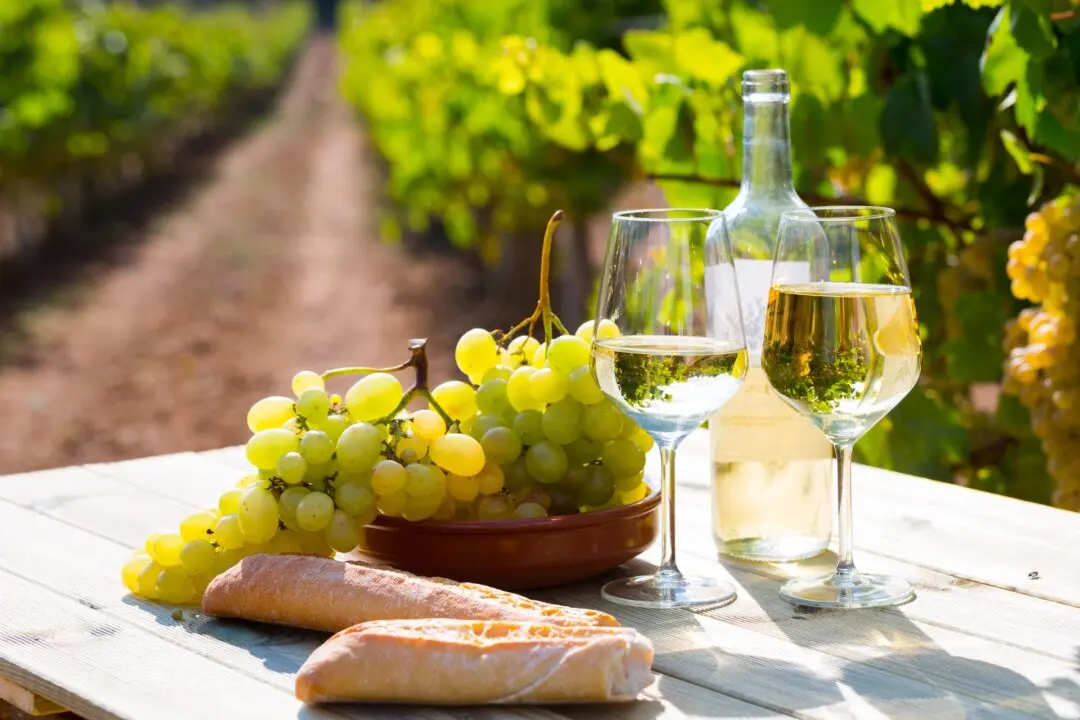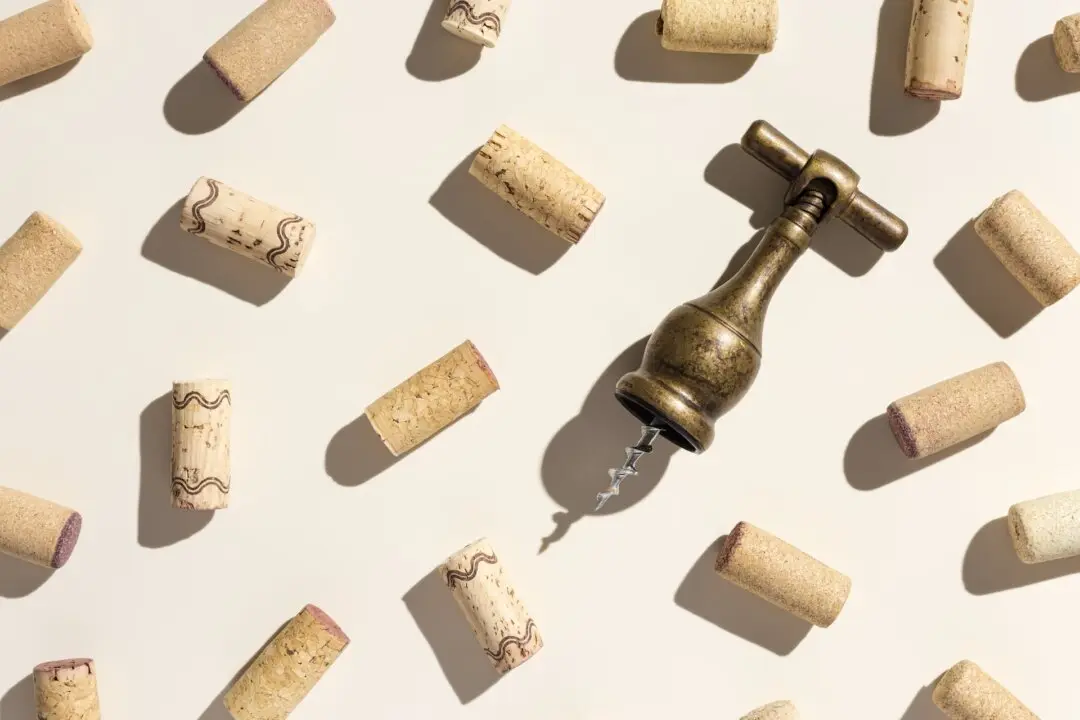Describing wine isn’t easy. Casual wine lovers usually start with, “This stuff tastes good,” or “It’s pretty rough.” More esoterically, we get truly abstruse descriptors such as “TDN,” “brett,” or “VA.”
The latter terms generally are heard only in tastings in which winemakers or wine scientists delve into vinous minutiae that are appreciated mostly by wine geeks.





